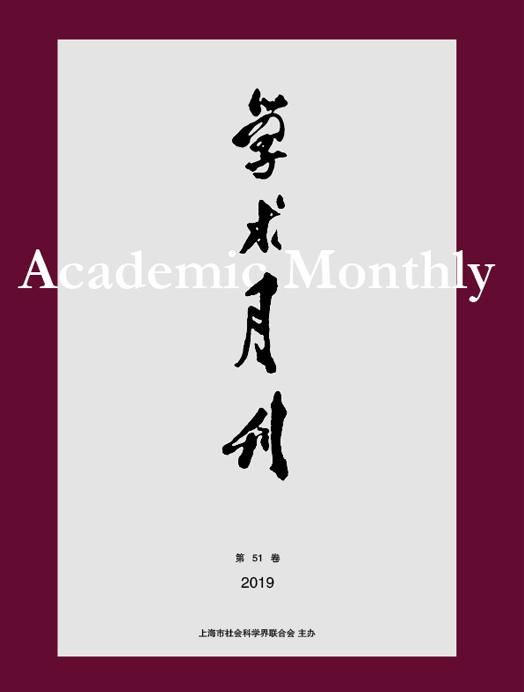-
[1]
Jiechang XIA
, Yu XIAO
, Shilin LI
. Re-measurement and Influence Factors of Total Factor Productivity in China’s Service Industry. Academic Monthly,
2019, 51(2): 34-43.
-
[2]
,
,
. . Academic Monthly,
2017, 49(05): 48-48.
-
[3]
,
. . Academic Monthly,
2016, 48(08): 52-60.
-
[4]
Dazhong CHENG
, Li YU
, Ning WANG
. Opening-up and Liberalization of Services:Basic Trend, International Comparison and China’s Strategy. Academic Monthly,
2019, 51(11): 40-59.
-
[5]
Wei WANG
, Yufei LIU
, Yan XU
. Working-age Population Structure and Dynamic Evolution of China’s Labor Productivity. Academic Monthly,
2019, 51(8): 48-64.
-
[6]
Jing XIONG
. Novel Coronavirus Pneumonia in China: Evolution Logic and Optimization Path under the Three Element of the Administrative Area. Academic Monthly,
2020, 52(7): 81-92.
-
[7]
,
. . Academic Monthly,
2016, 48(02): 46-55.
-
[8]
Jianjun CHEN
, Jie HUANG
. A Research on Yangtze River Delta Integrated Development Demonstration Zone: International Experience, Development Model and the Way to Realize. Academic Monthly,
2019, 51(10): 46-53.
-
[9]
Xuguang LIU
. Free Play - Free Pleasure. Academic Monthly,
2020, 52(6): 122-134.
-
[10]
,
. . Academic Monthly,
2017, 49(12): 78-89.
-
[11]
FAN Xiaoguang
. The Consciousness of Indigenization and Knowledge Production in Chinese Sociologists. Academic Monthly,
2024, 56(1): 115-126.
-
[12]
. . Academic Monthly,
2017, 49(09): 39-50.
-
[13]
. . Academic Monthly,
2017, 49(07): 144-156.
-
[14]
JIA Wenjuan
. The Body of Labor, the Mind of Capital——Self Capitalization and the Formation of the Laborers Ideology in Late Neoliberalism. Academic Monthly,
2023, 55(12): 112-121.
-
[15]
Dazhi YAO
. Liberalism’ Conceptions of Freedom: Analysis and Reconstruction. Academic Monthly,
2020, 52(3): 26-33.
-
[16]
GUO Meixin
. . Academic Monthly,
2018, 50(6): 32-42.
-
[17]
Jie ZHANG
. How Does Bank Competition Affect Firm Debt Ratio. Academic Monthly,
2019, 51(1): 34-49.
-
[18]
Yanjing ZHAO
, Tao SONG
. The Optimal Discount Rate of the Capital on the Perspective of Capital Competition. Academic Monthly,
2022, 54(5): 60-70.
-
[19]
XIE Changqing
. On the Priority of Rawls’ Liberty. Academic Monthly,
2024, 56(1): 92-101.
-
[20]
Shuifa HAN
. Four Perspectives of Freedom. Academic Monthly,
2019, 51(9): 5-17.



 沪公网安备 31010102003103号
沪公网安备 31010102003103号 DownLoad:
DownLoad: